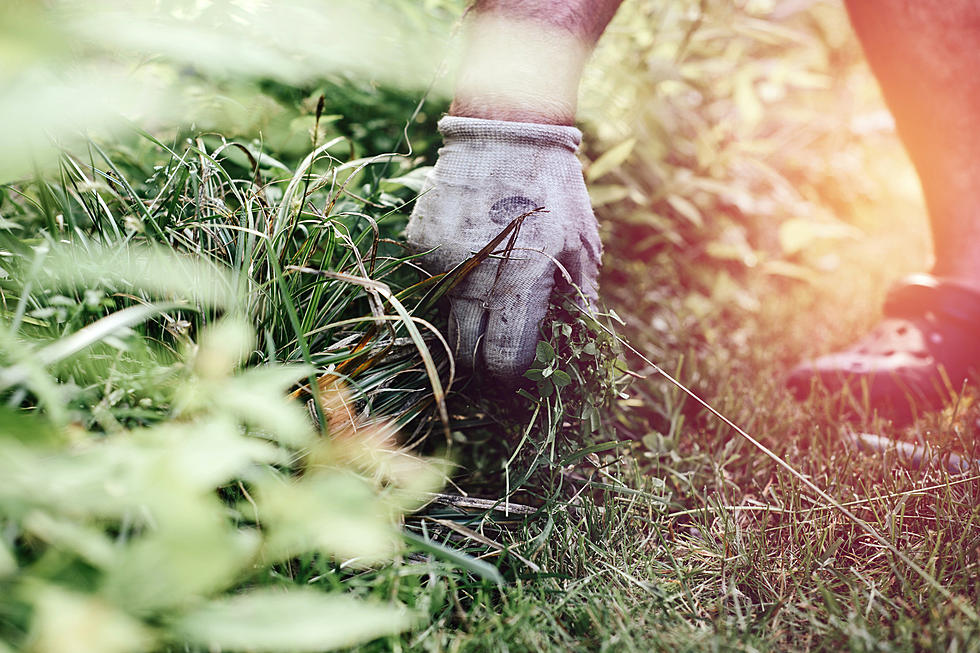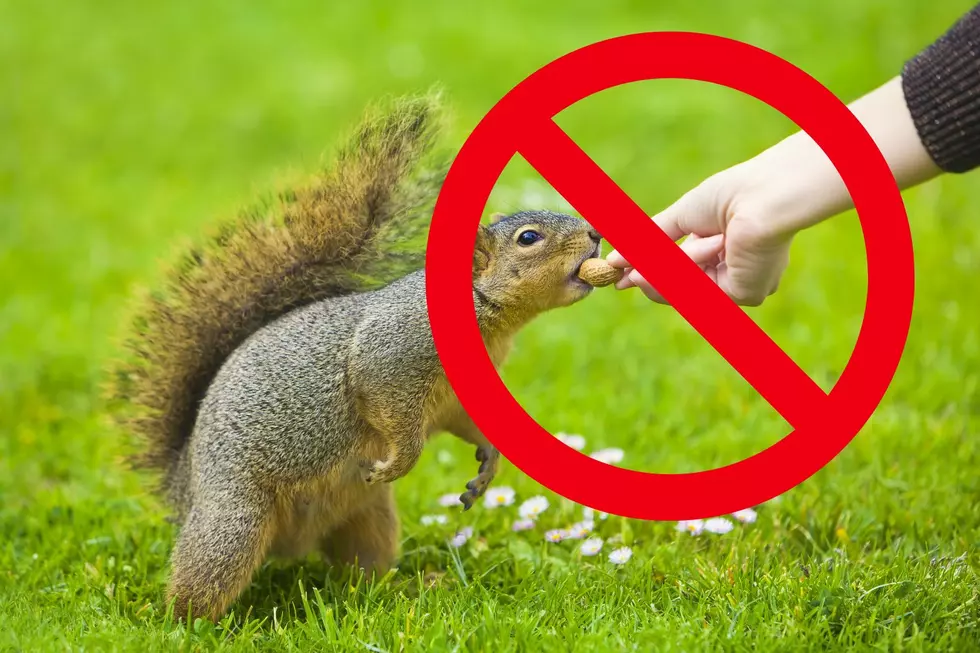
So What Exactly Is Ragweed, and Why Is Oklahoma Full Of It?
There's no secret to it, most people that suffer fall allergies are miserable over one of the most common plants in America, the humble family of ragweeds. Oddly enough, even though so many people suffer from it, most have no idea what it actually looks like or how to avoid it. That's most likely because there are so many different types of it across the country. Let's talk about our most common variant, Western Ragweed.
If you've ever heard an old or country person point out "careless" weeds, they're talking about ragweed. It's an amazing survivor of the plains states that can literally grow anywhere. Pollen can land in the tiniest cracks in asphalt and concrete and somehow manage to grow a budding stalk six feet tall. Er go, ragweed is careless of where it grows. This is what it looks like.
If you're like most people, you saw that and thought to yourself "Hey, that's growing behind my fence in the alley!" You're not alone. In fact, if you've driven across I-44 on Gore Blvd recently, you already know that entire intersection is basically 100% ragweed right now.
Some wonder what the purpose of ragweed is. Why does something so detrimental to humans even exist? Well, biologists think it's beneficial to the wildlife. Lots of birds such as the bobwhite quail, dove, and woodpeckers eat from it. Some lesser known rodents do too, but it's ultra-rare in Oklahoma. Native Americans also prized this family of plants for their medicinal qualities. Everything from being used as an antiseptic for sterilization and even as a fever reducer. Still, it's a miserable plant.
The season it always at its worst when it's cold overnight and warm during the day. Every time the temperature crosses that magical threshold, the ragweed plant spawns pollen to float through the atmosphere. Some people start feeling the effects of this in mid-August, but it'll be mostly over by the time we get to the middle of October. You just have to last until then.
Tips for surviving...
Stay indoors. If you have to be outside to mow or do things around the house, wear a respirator. I use an RZ mask and it works wonders. Also avoid doing those outdoor things in the morning, it's far better to wait until the late afternoon or evening.
Avoid foods that worsen the effects of ragweed. Things like honey, any type of melon, bananas and sunflower seeds. They share the same protein as ragweed, so while tasty, it'll just make you more miserable.
The DIY remedies vary too greatly person to person. Some are good with a pill, others have to irrigate their sinuses and get steroid shots. If something works for you, keep doing it.
When you get home for the day, immediately toss your clothes into the washer and catch a quick rinse shower. The last thing you want to do is fill your home and bed with pollen that landed on you throughout the day. Trust me, it's microscopic and it is on you after going outside.
Buy yourself some crocs. If you're going to be miserable, you might as well be comfy.
We've got about three or so weeks left until the ragweed season passes. It's also going to be the worst three weeks of the season as it's just starting locally and the Wichita Mountains are full of the stuff. Good luck my friend.
The Beauty Of Southwest Oklahoma
Oklahoma's Top 25 Largest Employers
KEEP READING: Here are the most popular baby names in every state
LOOK: The most expensive weather and climate disasters in recent decades
READ ON: See the States Where People Live the Longest
More From KLAW-FM








